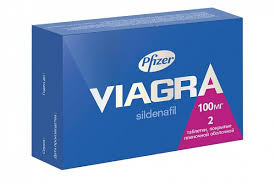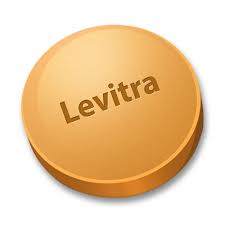Muskelavslappende Midler Understanding Muscle Relaxants and Their Uses

Muskelavslappende Midler: Understanding Muscle Relaxants and Their Uses
Muskelavslappende Midler, or muscle relaxants, are a class of medications that are designed to relieve muscle tension and spasms. These medications are commonly used in the treatment of various conditions that involve muscle pain, injury, or discomfort. As we delve deeper into the world of muscle relaxants, we will explore their mechanisms of action, the different types available, their potential side effects, and their place in the treatment of musculoskeletal disorders. For more information, you can visit Muskelavslappende Midler https://velvaereapotek.com/muskelavslappende-midler/.
What Are Muskelavslappende Midler?
Muskelavslappende Midler are primarily prescribed to reduce muscle spasticity and alleviate discomfort due to muscle injuries or conditions such as fibromyalgia, multiple sclerosis, or spinal cord injuries. These drugs act on the central nervous system to decrease the tone of skeletal muscles and can provide significant relief for patients suffering from acute or chronic muscle pain.
Types of Muscle Relaxants
Muscle relaxants can be divided into two main categories: central acting and peripheral acting muscle relaxants.
Central Acting Muscle Relaxants
These are the most commonly prescribed muscle relaxants and work by depressing the central nervous system. Some well-known examples include:
- Cyclobenzaprine: Often prescribed for short-term use to relieve muscle spasms, its effectiveness is comparable to anti-inflammatory medications.
- Carisoprodol: It functions as both a muscle relaxant and a sedative, and it is mostly used for acute muscle pain.
- Baclofen: This medication is primarily used for muscle spasticity associated with multiple sclerosis and other neurological disorders.
Peripheral Acting Muscle Relaxants

Peripheral acting muscle relaxants work directly on the skeletal muscles and are primarily used during surgical procedures or in intensive care settings. Examples include:
- Botulinum toxin: Often used for cases of severe muscle spasms or in cosmetic procedures to reduce wrinkles.
- Dantrolene: It is used to treat malignant hyperthermia and other conditions involving severe muscle rigidity.
How Do Muscle Relaxants Work?
Muscle relaxants target different pathways in the nervous system to achieve their effects. Central acting muscle relaxants typically act on brainstem and spinal cord receptors to inhibit alpha motor neurons, which are responsible for muscle contraction. This inhibition leads to reduced muscle tone and alleviation of spasms. In contrast, peripheral acting muscle relaxants block nerve signals directly at the neuromuscular junction, preventing muscle contraction.
Uses of Muskelavslappende Midler
Muscle relaxants are used in a variety of clinical scenarios, including:
- Acute Back Pain: They are often utilized in the acute management of muscle spasms related to lower back pain.
- Post-surgical Recovery: After certain surgeries, muscle relaxants can help relieve discomfort associated with muscle tension.
- Neurological Conditions: Patients with conditions like multiple sclerosis or cerebral palsy often benefit from the spasticity relief provided by certain muscle relaxants.
- Fibromyalgia: Some muscle relaxants may help in managing the widespread pain associated with fibromyalgia.
Side Effects and Considerations
While muscle relaxants can provide significant benefits, they are not without potential side effects. Common side effects include:
- Drowsiness or sedation
- Dizziness
- Fatigue
- Dry mouth
- Nausea
Long-term use of certain muscle relaxants, particularly those that cause sedation, can lead to dependence or tolerance. It is essential for patients to discuss any concerns with their healthcare provider, particularly when considering the duration and dosage of treatment.
Conclusion
Muskelavslappende Midler play a vital role in the management of muscle-related conditions, providing relief from pain and discomfort. While there are various types of muscle relaxants available, their use must be carefully monitored due to potential side effects and the risk of dependency. Consultation with a healthcare professional is essential for determining the most appropriate treatment plan based on individual needs and medical history.
In summary, understanding the types, mechanism, uses, and risks associated with muscle relaxants can aid patients and healthcare providers in effectively managing muscle pain and improving overall quality of life. With this knowledge, individuals can make informed decisions regarding their treatment options and seek professional advice when necessary.
Comentarii recente